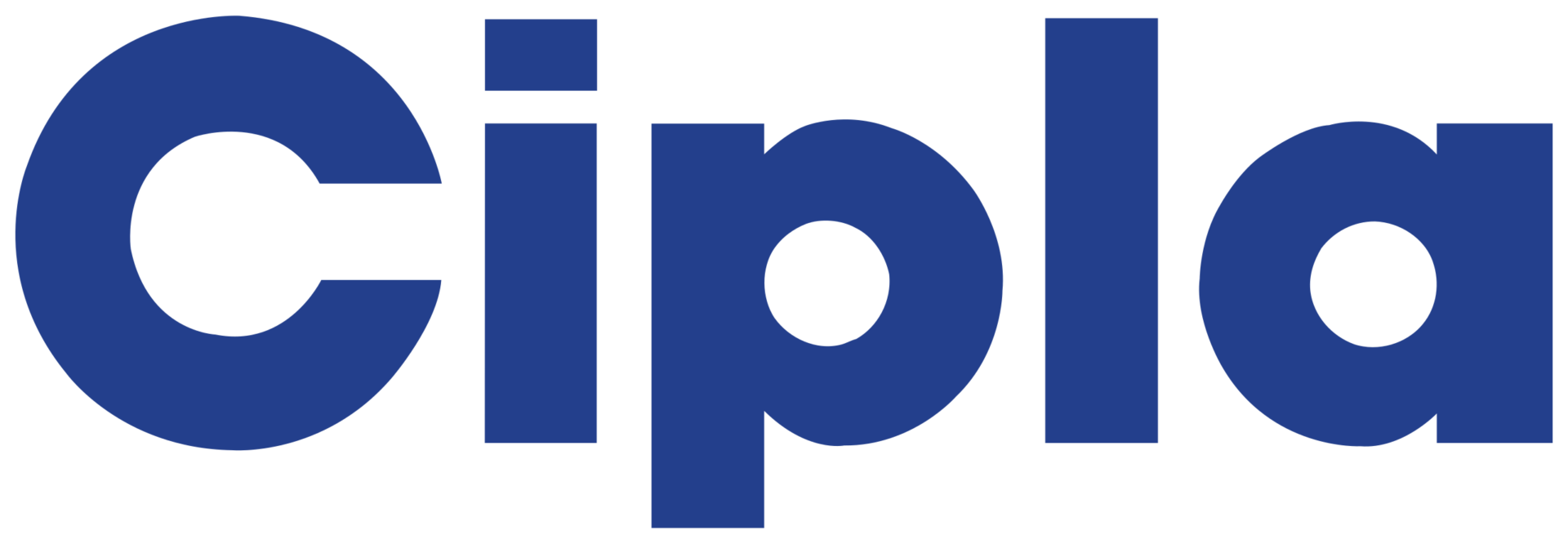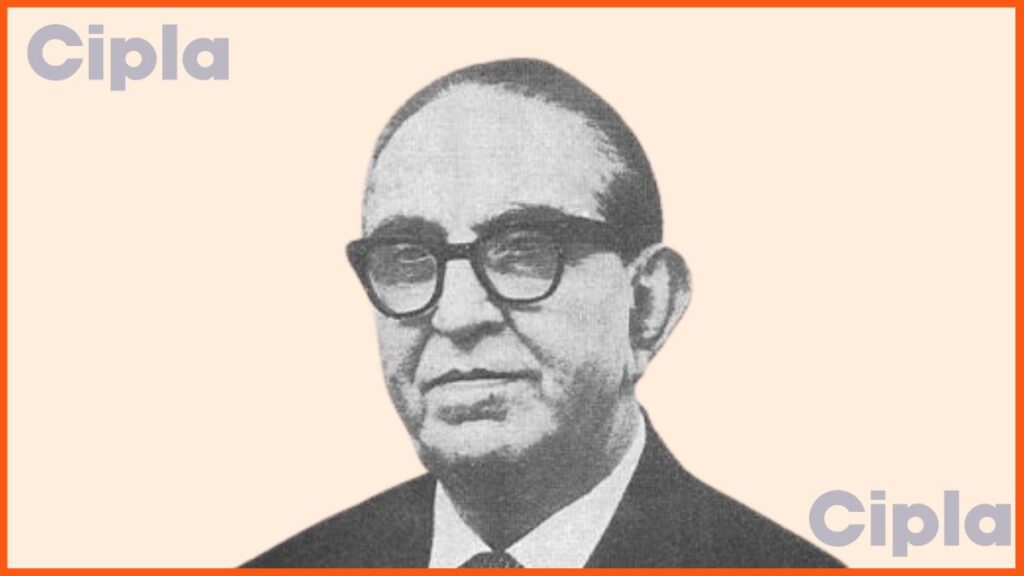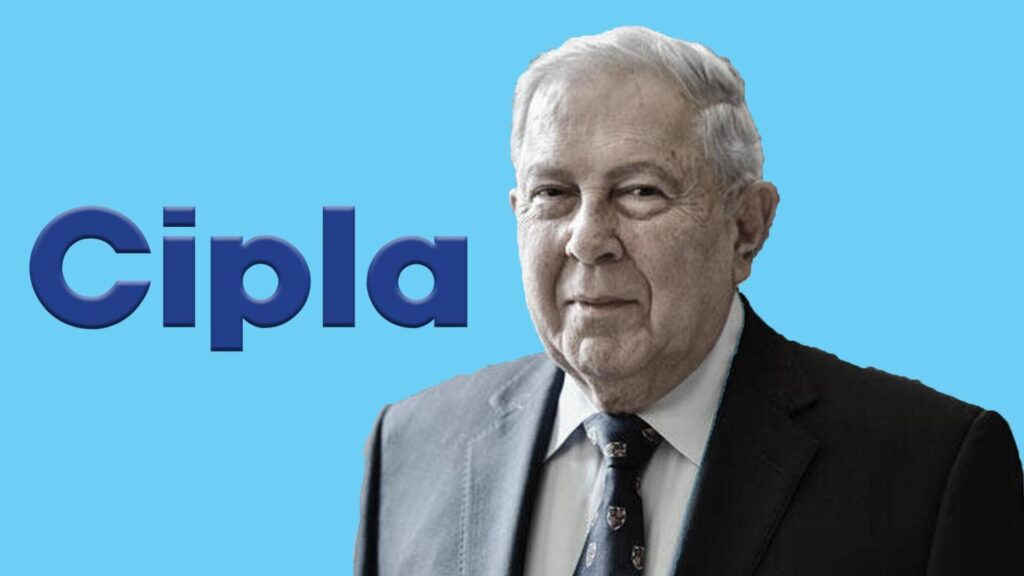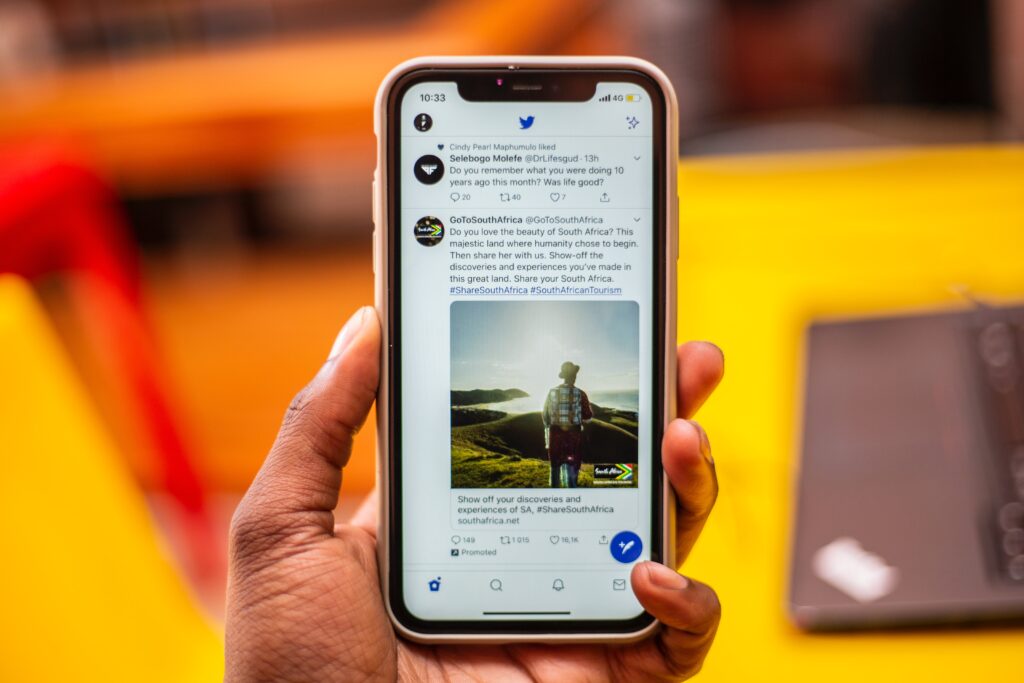Unforgotten Brands: Cipla

Explore Cipla’s transformation from a swadeshi startup to a global generics giant under Yusuf Hamied, challenging Big Pharma and redefining patents.
Cipla’s journey began in 1935, when Dr. Khwaja Abdul Hamied, a chemist trained in Germany, established The Chemical, Industrial, and Pharmaceutical Laboratories in Mumbai. Deeply influenced by the Indian freedom movement and leaders like Mahatma Gandhi and Subhash Chandra Bose, Hamied envisioned a pharmaceutical company that would make India self-reliant in medicine.

Despite having family ties to Sir Syed Ahmed Khan—one of the early advocates for Pakistan—Hamied was a staunch nationalist and a Gandhian. His mission was clear: to create affordable medicines for Indians and reduce dependence on foreign pharmaceutical companies. Cipla was not just a business—it was a Swadeshi project aimed at nation-building.
In its early years, Cipla struggled. Hamied even considered shutting it down. However, World War II changed its fortunes. With global supply chains disrupted and medicines scarce, Cipla received large orders, propelling the company onto a steady growth path.
In July 1984, the company formally changed its name to Cipla, a shortened version of its original name, The Chemical, Industrial & Pharmaceutical Laboratories. By then, it had become a recognisable force in the Indian pharmaceutical industry.
Patent Laws and the Rise of Generics: 1972
Khwaja Abdul Hamied’s legacy of nationalism and science profoundly shaped his son, Dr. Yusuf Hamied. Educated at Cambridge under a Nobel Laureate, Yusuf joined Cipla as a scientist and assumed leadership after his father died in 1972.

That same year, a pivotal moment changed the future of India’s pharmaceutical industry. Cipla had just released a generic version of Propranolol, a heart disease medication developed initially by Imperial Chemical Industries (ICI) in 1963 and marketed globally since 1965. Cipla introduced its version in 1972—sparking a legal battle as ICI sued for patent infringement.
Yusuf Hamied wrote a bold letter to then-Prime Minister Indira Gandhi:
“Madam, here is the drug. Should millions of Indians be denied a life-saving medicine just because the inventor doesn’t like the colour of our skin?”
Indira Gandhi was shaken. Soon after, India changed its patent laws. The revised law allowed patents only on processes, not end products, and only for a period of seven years. This move permitted Indian companies like Cipla to legally produce cheaper, generic versions of life-saving drugs by modifying the manufacturing process. What the West saw as piracy, India saw as a public health revolution.
David vs Goliath: The Fight Against Big Pharma
To Western pharmaceutical giants, Yusuf Hamied was a rule-breaker. But with patients in India and Africa, he became a saviour. Under his leadership, Cipla rapidly expanded its catalogue of generic drugs. He used scientific journals and regulatory loopholes to reverse-engineer medicines and offer them at drastically reduced prices.
In the early 2000s, the AIDS epidemic devastated Africa. The only available treatment—a three-drug antiretroviral cocktail—costs nearly $12,000 per patient annually. Cipla slashed that cost to $304 a year. Hamied offered the medicine to charities and African governments, and soon, nearly 40% of AIDS patients in low-income countries were being treated with Cipla drugs.
The pharmaceutical world was stunned. Cipla was accused of undermining innovation by bypassing intellectual property rights. Hamied countered that access to medicine should not be a luxury.
“We do not break any laws. We live by the laws of the land,” he said. “Even Robin Hood was considered a pirate.”
The Bird Flu Battle: 2006
Cipla’s rebellious streak didn’t stop with AIDS drugs. During the 2006 bird flu scare, Roche’s anti-viral drug Tamiflu became a global necessity. Shortages grew as countries piled up supplies. Cipla stepped in, reverse-engineered the drug, and released a more affordable version. Once again, Cipla was in the headlines—both praised and condemned.
Hamied remained unapologetic. Cipla’s mission, he insisted, was to serve public health, not corporate profits.
Global Recognition and Legitimacy
In 2003, two years after Cipla released its low-cost AIDS treatment, the World Health Organization listed Cipla among the manufacturers of safe and effective AIDS drugs. It was a public validation of Cipla’s standards, countering claims from Western firms that Indian generics were of substandard quality.
“This proves we adhere to good manufacturing practices,” Hamied told The New York Times. “Now multinationals can’t claim, ‘They’re Indian, they’re Third World, the quality might be iffy.'”
Cipla steadily improved its reputation despite taking a tough stand against large pharmaceutical corporations. It formed partnerships with global firms like Roche and Novartis. The company that once fought alone now stood side by side with former rivals.
Legacy and Contested Heroism
Yusuf Hamied became a controversial yet iconic figure—a pharmaceutical Robin Hood to some and a law-bending opportunist to others. But one fact remains: he made essential medicines accessible to millions who would have otherwise been left behind.
Critics of his model argued that violating patents discouraged innovation. However, the large multinationals themselves had acquired—not discovered—many of the drugs Cipla reproduced. The ethical debate over access versus innovation continues, but Cipla’s stance has always been clear: public health must come first.
A Revolution Rooted in Patriotism
From its founding in pre-independence India to its global disruption of drug monopolies, Cipla’s story is one of courage, innovation, and deeply rooted nationalism. Encouraged by the likes of Gandhi, Nehru, Patel, Bose, and CV Raman, Cipla was never just another pharmaceutical firm. It was, and remains, a symbol of what science can do in the service of people.
The man once branded a pirate became, for millions, a hero. And his story—like the medicines he made—was one the world could not ignore.


